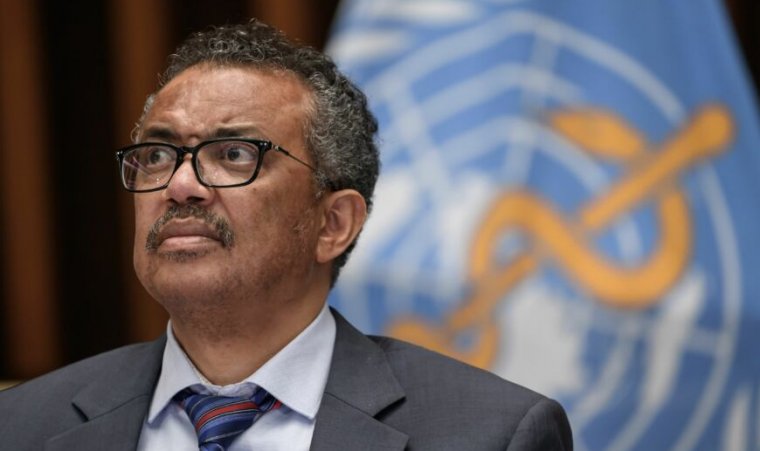
A total of 156 countries—representing about 64 percent of the world’s population—have committed to pooling resources to help develop, buy, and equitably distribute two billion doses of a COVID-19 vaccine by the end of 2021.
“This isn’t just the right thing to do, it’s the smart thing to do,” said Dr. Tedros Adhanom Ghebreyesus, director-general of the World Health Organization, which is co-leading the effort along with the Coalition for Epidemic Preparedness Innovations (CEPI) and Gavi, the Vaccine Alliance.
So far, 64 high-income countries have signed on to the effort, as well as 92 low- and middle-income countries, which would be eligible for support in procuring vaccine doses. Gavi CEO Seth Berkley said in a WHO press conference on Monday that he expects 38 more countries to sign up in the coming days.
Some of the high-income countries already aboard are Australia, Canada, Japan, Sweden, the United Kingdom, and 27 European Union member states. The list of 92 low- and middle-income countries includes the Democratic Republic of the Congo, Ghana, India, Mongolia, Ukraine, and Vietnam. Together, the countries will pool resources to support the development of at least nine vaccine candidates already in the works, then buy up doses after licensing and regulatory approval in order to fairly distribute them.
“This is not charity, it’s in every country’s best interest,” Dr. Tedros said in the press conference. “We sink or we swim together.”
Weaknesses
The gargantuan global effort is expected to require at least $35 billion to have an impact on the pandemic. So far, it has only raised about $3 billion. Tedros on Monday called for an immediate infusion of $15 billion to keep the effort going.
One country notably absent from the long lineup of participants is the US. The Trump administration said earlier this month that it would not join the program—called the COVID-19 Vaccines Global Access (COVAX) Facility—because of the involvement of the WHO. President Trump said at the end of May that he intended to withdraw the country from the WHO, which experts quickly called “shortsighted” and “self-defeating.”
Also absent from the list are Russia and China, which have already issued authorizations for experimental vaccines and have begun distributing them before clinical trials are complete. China, for instance, has reportedly inoculated tens of thousands of people already.
The absence of such big players makes COVAX's success more precarious. Additionally, some high-income countries—including the US—have brokered individual deals with vaccine developers to secure millions of doses if a vaccine proves successful in trials. The deals, which Tedros has criticized as “vaccine nationalism,” could undercut supplies for global distribution. Conversely, if deals don’t result in secured doses—such as in the highly probable scenario that individual vaccines will fail late-stage clinical trials—countries that only have bilateral deals could struggle to gain access to a successful vaccine. The WHO has instead suggested that countries can make their own deals while also buying into the global effort.
Phases
Countries that participate in COVAX will be guaranteed a share of a successful vaccine. In a recently released report, WHO laid out how COVAX will distribute vaccines in a two-phase process. The first phase aims to get each country a supply for 20 percent of its population, allowing vaccination of high-priority groups such as healthcare workers, the elderly, and people with underlying health conditions that increase their risks from COVID-19.
Because supplies will be limited at the outset of vaccine distribution, phase one has an initial stage that aims for vaccine doses for just 3 percent of each country’s population, with those first doses suggested to go to frontline health and social care workers. Phase one will continue until each country hits 20 percent.
At that point, phase two begins, and countries will get supplies to vaccinate the population beyond 20 percent. However, in this phase, each country’s allocation may be strategically weighted to take into account local transmission and other vulnerabilities.
reader comments
281